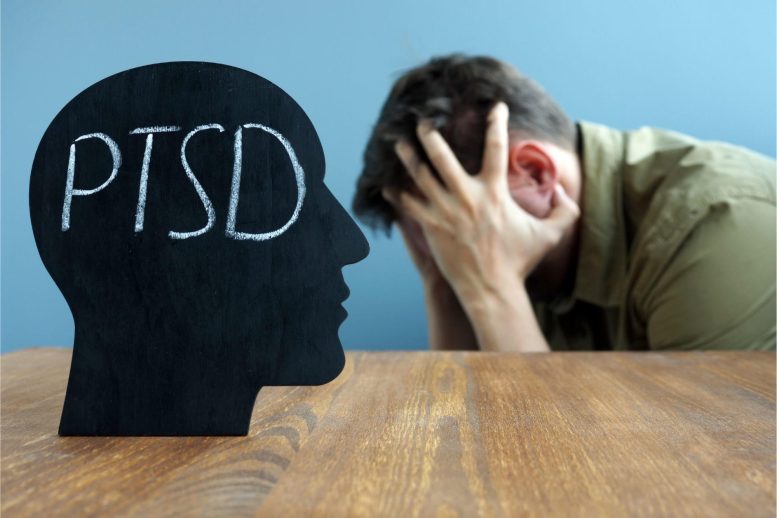
Post-Traumatic Stress Disorder (PTSD) is a mental health condition that can develop after a person has experienced or witnessed a traumatic event such as a natural disaster, combat, sexual assault, or other life-threatening situations. Symptoms of PTSD include recurrent intrusive thoughts and flashbacks, avoidance of reminders of the traumatic event, negative changes in mood and cognition, and increased anxiety and arousal.
A recent study has revealed that sleep spindles, which are brief bursts of brain activity captured by EEG during a specific stage of sleep, may play a role in controlling anxiety levels in individuals with post-traumatic stress disorder (PTSD).
The study sheds new light on the potential of spindles to alleviate anxiety in individuals with PTSD and strengthens their previously established role in consolidating new information into long-term memory. These results contradict recent studies that suggested spindles may actually increase intrusive and violent thoughts in individuals with PTSD.
The findings were recently published in the journal Biological Psychiatry: Cognitive Neuroscience and Neuroimaging.
“These findings may be meaningful not only for people with PTSD but possibly for those with anxiety disorders,” said senior author Anne Richards, MD, MPH, of the UCSF Department of Psychiatry and Behavioral Sciences, the Weill Institute for Neurosciences and the San Francisco VA Medical Center.
“There are non-invasive ways that might harness the benefits of this sleep stage to provide relief from symptoms,” she said.
The researchers enrolled 45 participants who had all experienced combat or noncombat trauma; approximately half had moderate symptoms of PTSD and the other half had milder symptoms or were asymptomatic. The researchers studied the spindles during non-rapid eye movement 2 (NREM2) sleep, the phase of sleep when they mainly occur, which comprises about 50% of total sleep.
Violent Images Used to Test Brain Processing
In the study, participants attended a “stress visit” in which they were shown images of violent scenes, such as accidents, war violence, and human and animal injury or mutilation, prior to a lab-monitored nap that took place about two hours later.
Anxiety surveys were conducted immediately after exposure to the images as well as after the nap when recall of the images was tested. The researchers also compared anxiety levels in the stress visit to those in a control visit without exposure to these images.
The researchers found that spindle rate frequency was higher during the stress visit than during the control visit. “This provides compelling evidence that stress was a contributing factor in spindle-specific sleep rhythm changes,” said first author Nikhilesh Natraj, Ph.D., of the UCSF Department of Neurology, the Weill Institute for Neurosciences and the San Francisco VA Medical Center. Notably, in participants with greater PTSD symptoms, the increased spindle frequency after stress exposure reduced anxiety post-nap.
Sleeping Meds, Electrical Stimulation May Promote Sleep Spindles
The naps in the study took place shortly after exposure to violent images – raising a question about whether sleep occurring days or weeks after trauma will have the same therapeutic effect. The researchers think this is likely and point to interventions that could trigger the spindles associated with NREM2 sleep and benefit patients with stress and anxiety disorders.
Prescription drugs, like Ambien, are one option that should be studied further, “but a big question is whether the spindles induced by medications can also bring about the full set of brain processes associated with naturally occurring spindles,” said Richards.
Electrical brain stimulation is another area for more study, researchers said. “Transcranial electrical stimulation in which small currents are passed through the scalp to boost spindle rhythms or so-called targeted memory reactivation, which involves a cue, like an odor or sound used during an experimental session and replayed during sleep may also induce spindles,” said Natraj.
“In lieu of such inventions, sleep hygiene is definitely a zero-cost and easy way to ensure we are entering sleep phases in an appropriate fashion, thereby maximizing the benefit of spindles in the immediate aftermath of a stressful episode,” he said.
The researchers’ next project is to study the role of spindles in the consolidation and replay of intrusive and violent memories many weeks after trauma exposure.
Reference: “Sleep Spindles Favor Emotion Regulation Over Memory Consolidation of Stressors in Posttraumatic Stress Disorder” by Nikhilesh Natraj, Thomas C. Neylan, Leslie M. Yack, Thomas J. Metzler, Steven H. Woodward, Samantha Q. Hubachek, Cassandra Dukes, Nikhila S. Udupa, Daniel H. Mathalon and Anne Richards, 6 March 2023, Biological Psychiatry: Cognitive Neuroscience and Neuroimaging.
DOI: 10.1016/j.bpsc.2023.02.007
The study was funded by the U.S. Department of Veterans Affairs.

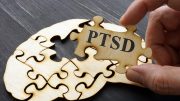
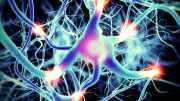
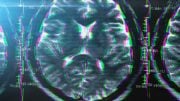

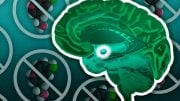


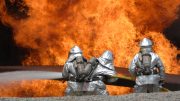
Suffering PTSD myself, I appreciate every new information for the treatment of this condition.